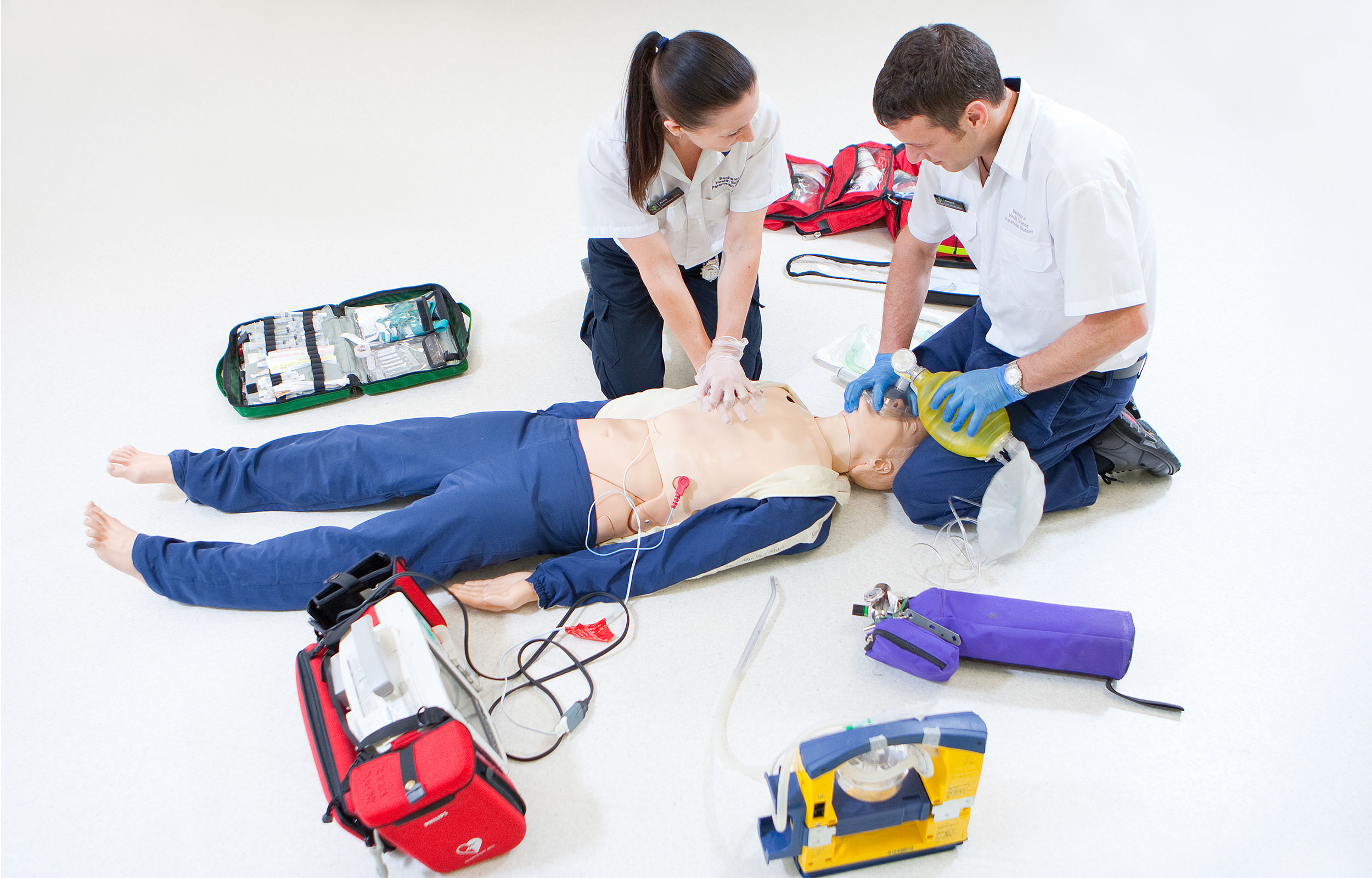The world of emergency medical services (EMS) is an honorable and essential profession that gives you a fulfilling job that is focused on making a difference in lives and providing crucial health care. If you’re considering becoming an Emergency Medical Technician (EMT) or perhaps advancing to the highly regarded position of a paramedic, you’re entering a profession that has tremendous growth opportunities and a large demand for qualified professionals. This article will take you through each step required to become an EMT or paramedic. We’ll also look at various training options available, such as the approved by the DSHS EMS course.

Understanding the importance of EMTs and Paramedics
First responders Emergency Medical Technicians and Paramedics offer immediate medical assistance in an emergency situation. They are trained to evaluate and treat patients as well as transport them to medical facilities for more treatment. EMTs and paramedics play an essential role in stabilizing patients during critical moments, making split-second choices, and providing compassionate care in times anxiety.
Step 1: Becoming an EMT
In order to become an EMT you must complete a variety of education and training courses. They can vary based on the certification level you want to attain. There are three levels to EMT certification:
1. EMT Basic (EMT B) It is an entry-level certification that is based on between 100-150 hours of training. EMT-Bs learn about basic medical procedures, such as CPR as well as bleeding management and airway management basics.
2. EMT Intermediate (EMT I): EMT I requires additional training that can differ from state to state. In some states, this degree is complemented by EMT-B. In other places the courses can range from 200 to 400 hours, which includes advanced medical techniques such as intravenous therapy, among other skills that are enriched.
3. EMT Paramedic (EMT P) EMT-P is the most prestigious level of certification for EMTs. The training needed to achieve this certification typically runs from 1000 to 1,800 hours. Paramedics are able to perform a variety of advanced medical procedures including administering medication or interpreting EKGs as well as advanced airway management.
Step 2: Obtaining paramedic certification
If you want to be paramedics, you need to first complete the EMT-B or EMT-I levels and gain some hands-on experience. You can then enroll in the paramedic training program, which lasts between two and one year. In this rigorous training, you’ll dive into advanced medical topics and gain the skills and expertise needed to deal with critical situations on your own.
Check out EMT training options:
You can choose from a variety of EMT courses, depending on your certification level. EMT training is typically provided by medical trade schools as well as community colleges that cater to all certification levels. These programs offer a blend of classroom instruction, hands-on learning, and practical experience in clinical and field situations.
If you want a comprehensive and comprehensive EMT course that could give you a degree from a university or college, they may also offer EMT education at the EMT and Paramedic levels. These courses provide an extensive knowledge of emergency medical services, and offer the user a greater understanding of patient care and medical decision-making.
Step 4: Ensure DSHS-approved EMS training
It is important for aspiring EMTs or paramedics to be sure that the program they decide to pursue has been endorsed by DSHS. The Department of State Health Services (DSHS) recognizes EMS training courses to ensure that they have met the high standards of training and competence. By enrolling in a DSHS approved EMS training course, you can rest assured that you are receiving top-notch instruction and meeting the necessary requirements for certification.
Making the transition to EMT or paramedic is an extremely rewarding and well-respected career choice. As first emergency responders, EMTs and paramedics play an essential role in saving lives and offering emergency medical assistance in situations. To embark on this life-saving task, EMTs and Paramedics are required to complete the necessary education and training. Based on the level of certification required, candidates can choose from several EMT options for training, such as community colleges, medical trade schools, as well as university programs.
When considering training options, it’s essential to ensure that the EMS training course is DSHS approved by the DSHS. This will guarantee that you’re receiving an excellent education that is up to the requirements to obtain EMT certification as well as paramedic accreditation.
As the demand for skilled emergency medical professionals continues to rise and increase, a career in EMS is a great way to get a job and the possibility of making a an enormous impact on the lives of others. If you’re an EMT Basic or want to become a paramedic, your dedication to providing critical healthcare will be rewarded with a rewarding and purposeful job in emergency medical services.
